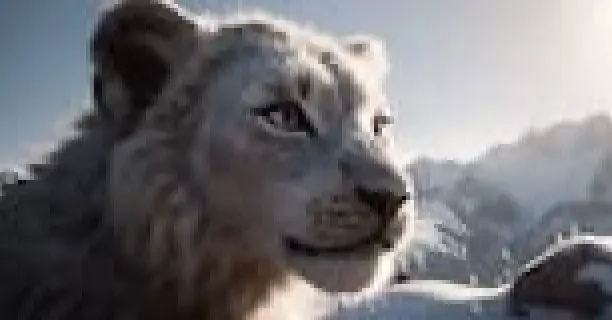Upscaling Stable Diffusion images is a crucial part of generating amazing art, but what exactly is upscaling? In short, it’s a process to improve the quality of an image. There’s a lot more to upscaling than that, though, and many different technologies to use.
Even though upscaling AI art from Stable Diffusion is a common practice, it can be difficult to find a good upscaler. And once you find one, you still have to know how to put it to good use.
This article will explain what upscaling is, including the different methods there are and which technologies are the best for the job. Additionally, we’ll dive into how to upscale an image using online AI, and list the best upscalers you can add right to the Stable Diffusion GUI.
What Does Stable Diffusion Upscaling Mean?
Upscaling an image from Stable Diffusion means that you’re increasing the overall resolution of the image. For example, you might take a Stable Diffusion image of 512 x 512p to a higher resolution of 1024 x 1024p. Typically, upscaling is done with the help of special tools made for the job.
Since the need to heighten the resolution of low-quality digital images has been around for a long time, upscaling tech has been developing for years. Even more, people are flocking to upscale with the advent of AI like Stable Diffusion.
Upscaling today can be split into two main categories: older, traditional upscaling methods and newer upscaling methods that utilize AI.
Traditional Upscaling Methods
Traditional upscaling methods use interpolation to try and estimate what an image should be at a higher resolution.
There are a couple of different interpolation methods. The most common are nearest neighbor, Linear, and Lanczos.
They are all slightly different but come with major downsides. You might notice that nearest neighbor looks pixelated, for instance. Linear interpolation looks blurry, especially with text.
Lanczos is by far the best traditional upscaling method. However, it still struggles with retaining quality and might cause ringing.
Ultimately, these traditional methods are inferior to AI upscaling.
AI Upscaling Methods
With AI upscaling, you will use an artificial intelligence that has been trained to generate higher resolution versions of whatever you give it.
Unlike traditional upscaling methods, AI upscaling does more than just use math to build off the existing pixels. It enhances the image, and can even recreate detail where it was missing or corrupted.
Issues like ringing, pixelation, or fuzziness are uncommon with an AI upscaler. In fact, many AI upscalers sharpen the image so it can become even better than it was before.
AI upscalers are more resource intensive on your computer. They might also be harder to get your hands on since many companies insist on making an account, paying for their AI, or adding a watermark if you’re a free user.
Still, they are almost always the better option for upscaling an image. That is especially true of upscaling Stable Diffusion images, which are low resolution by default.
Why Should You Upscale an Image From Stable Diffusion?
The reason why you should upscale Stable Diffusion images comes down to quality. If you need more detail in your image– whether for sharing online, creating digital products like desktop backgrounds, or creating physical objects like posters– you need to upscale.
Since Stable Diffusion only has a resolution of 512 x 512p by default, many people choose to get a better resolution through upscaling.
How Do You Upscale an Image in Stable Diffusion?
Step 1: Go to the Extras Tab
You must be using Stable Diffusion Automatic1111 in order to freely use AI upscalers without needing to add them manually.
First, go to the Extras Tab in the Automatic1111 Web GUI.
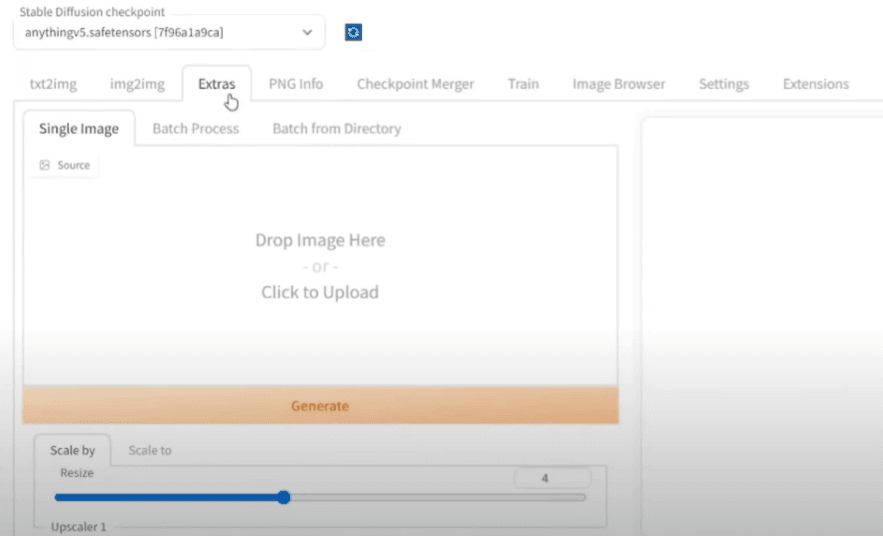
Step 2: Upload Image
Before you can start the upscaling process, you need to upload the image you want to scale.
You can either drag and drop an image into the slot or click in the empty square to upload the image you want to upscale.
Step 3: Set New Resolution or Resize Multiplier
Next, decide on what you want the new resolution to be. One way you can do this is by using the Resize multiplier in the Scale By tab. Simply drag the slider to the multiplier you want.
In our example, we are multiplying the original image’s resolution by x4.
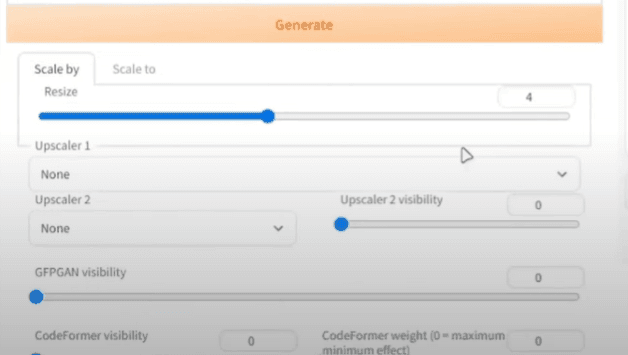
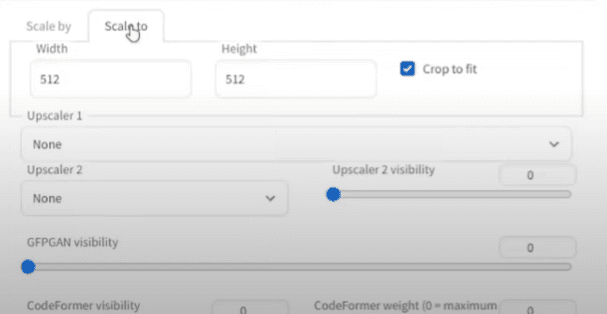
Step 4: Choose an Upscaler
The last decision you need to make is what AI upscaler you want to use. There are a number of different upscalers that are available in Stable Diffusion, and each of them has their own benefits and drawbacks.
Later in this article, we cover the 5 best upscalers and their strong points. Our example here is using R-ESRGAN 4x+ Anime6B since it does a better job than the others at upscaling anime art.
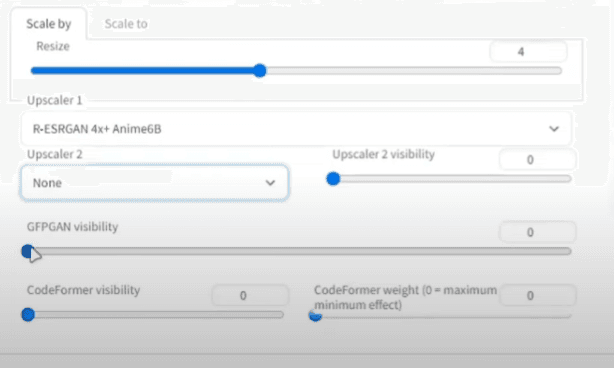
Now you can hit Generate and let the AI do the rest!
Alternative AI Upscaling Tools
If you don’t use Stable Diffusion Automatic 1111, you can still upscale art generated by Stable Diffusion.
We suggest using an AI upscaler like Imagewith.AI. It’s watermark-free and doesn’t require account creation or payment to use.
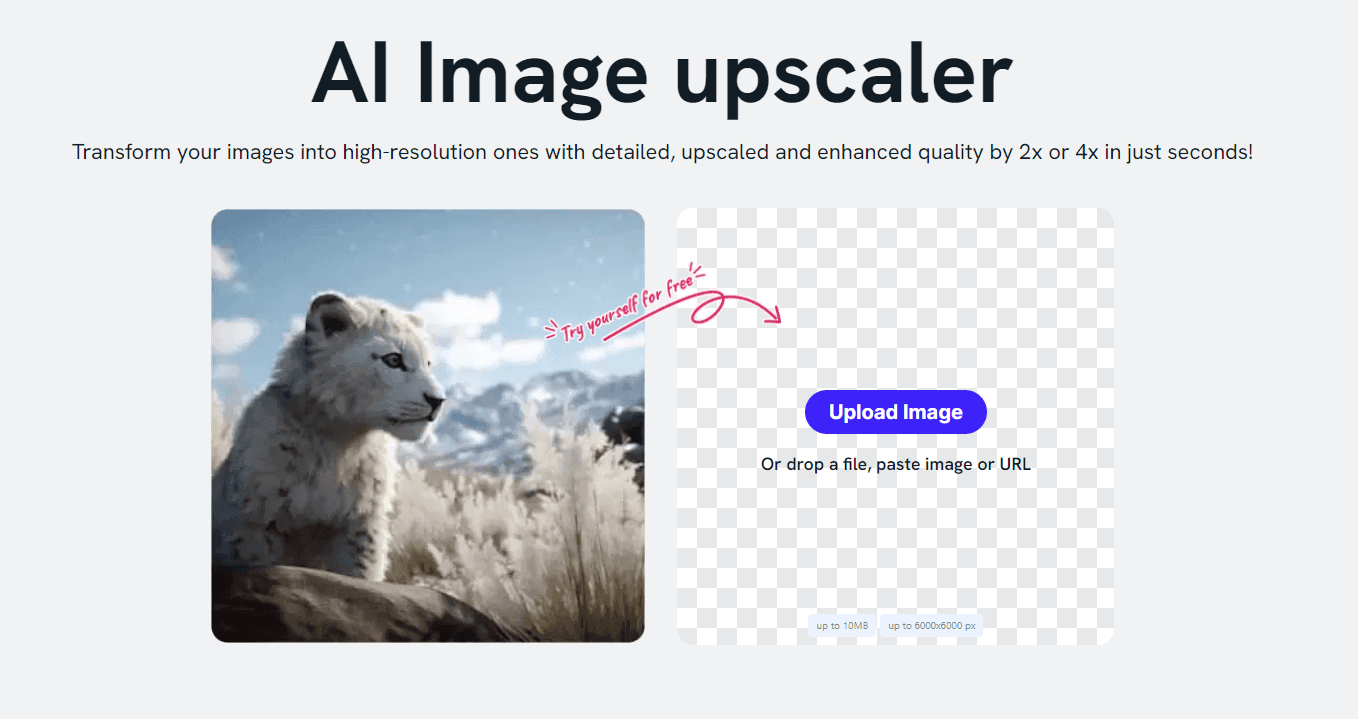
The Best GUI Stable Diffusion Upscalers
If you’re willing to take on a little more of a challenge for the sake of upscaling built into Stable Diffusion, you can use a GUI upscaler.
There are only a handful of Stable Diffusion GUI upscalers, and even fewer that are worth the effort. Different upscalers have proficiencies in different tasks. But which is right for you?
Let’s take a deeper look.
LDSR
One of the first upscalers you might run across is LDSR. It’s a well-established AI that is known for working nicely for photorealistic images.
Usually, it has a good balance between sharpening and smoothing without introducing too many artifacts.
This upscaler ranks a little lower than the others on this list. When you’re trying to upscale images in different styles, like anime or cartoon styles, LDSR isn’t the best.
There may be issues like random noise or artifacts in the upscaled image. Plus, LDSR is far slower than other upscalers. It’s nigh unusable if you don’t have a strong GPU.
BSRGAN
BSRGAN is another popular option you might run across. Unlike LDSR, it’s more of an all-rounder and can upscale a variety of styles well.
Overall, BSRGAN has a subtler way of upscaling. It works quickly and upholds the integrity of the original image quite well.
It isn’t quite perfect with all pictures, though. BSRGAN tends to make the resulting image smoother than the original.
Paintings or other images with a lot of texture might lose some of their detail after upscaling. A different upscaler might be better in specific scenarios, but BSRGAN does do its job no matter the image.
ESRGAN_4X
This Stable Diffusion upscaler is known for high-res sharpness and detail. It certainly is a winner when it comes to clarity, but sometimes it can seem a little too sharp.
Although it’s a great option for paintings with high detail, it’s only the top choice for retaining heavy textures. ESRGAN_4X is just okay at photorealistic images because of the heavy handed sharpness.
When it comes to anime styles, it’s much better to use an upscaler designed for the job.
R-ESRGAN-Anime6B
ESRGAN Anime (R-ESRGAN-4x+Anime6B) is by far the best choice for anime and cartoon styles. In fact, it’s really the only option that does them well.
Many other AI upscalers have a focus on paintings or photography styles, so they leave artifacts on anime images. Or, their upscaling style is too blurry to work well with the line work in anime images.
The downside of ESRGAN Anime is that it will make just about any image look ‘anime’. You can put in a completely photorealistic image, and it will still come out looking like anime.
R-ESRGAN-General-WDN
ESRGAN General WDN (R-ESRGAN-General-WDN-4xV3) is another all-rounder, but it actually trumps BSRGAN in most categories.
It can quickly upscale any image, of any style to a passable degree. We strongly suggest getting General WDN if you only want to use one upscaler for a variety of styles.
The one area where BSRGAN is better is photorealism. However, BSRGAN really just has a subtler and softer style— it’s up to you which you prefer for realism.
Conclusion
As you continue to process your Stable Diffusion images, you might need to use some other AI tools to reach the refinement you want. Imagewith.AI has a full suite of tools you can use for image enhancement.
For example, you might want to remove the main subject of your AI image without the strange backdrop. You can use Imagewith.AI’s outcut tool for that.
Or, you could remove unwanted objects– like AI generations you didn’t want– with Imagewith.AI’s clearoff tool.

